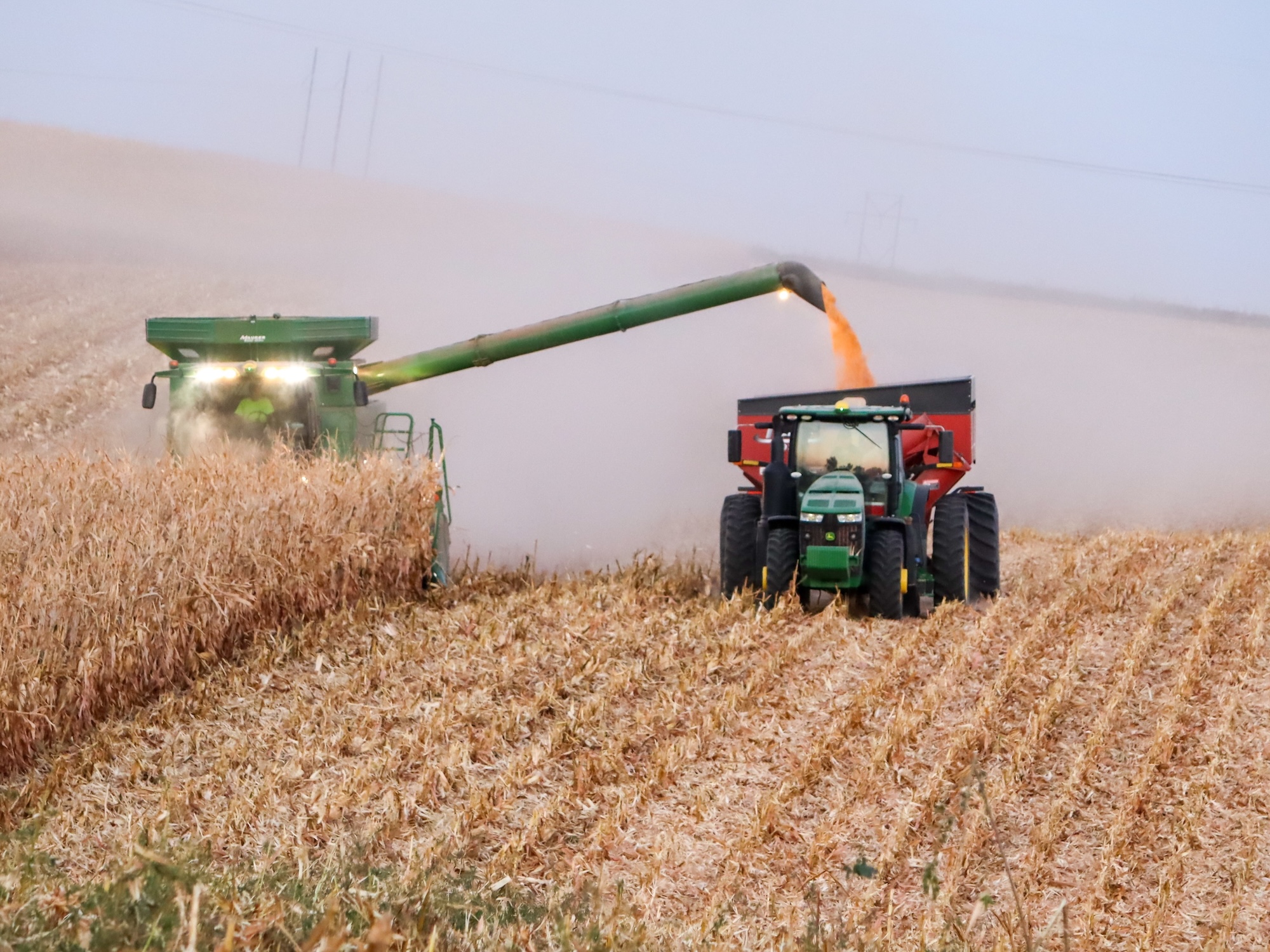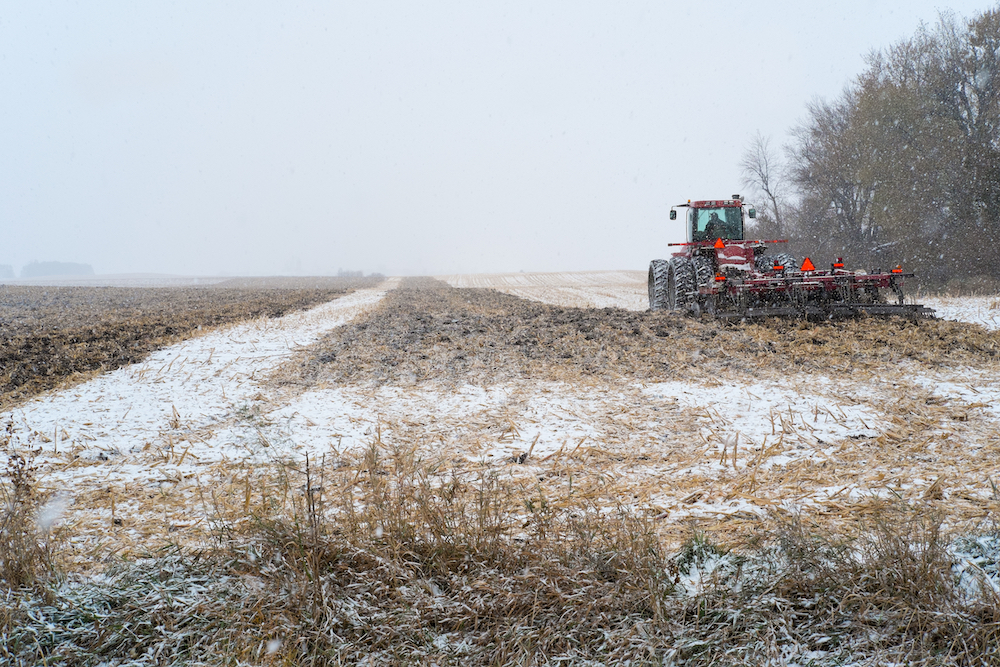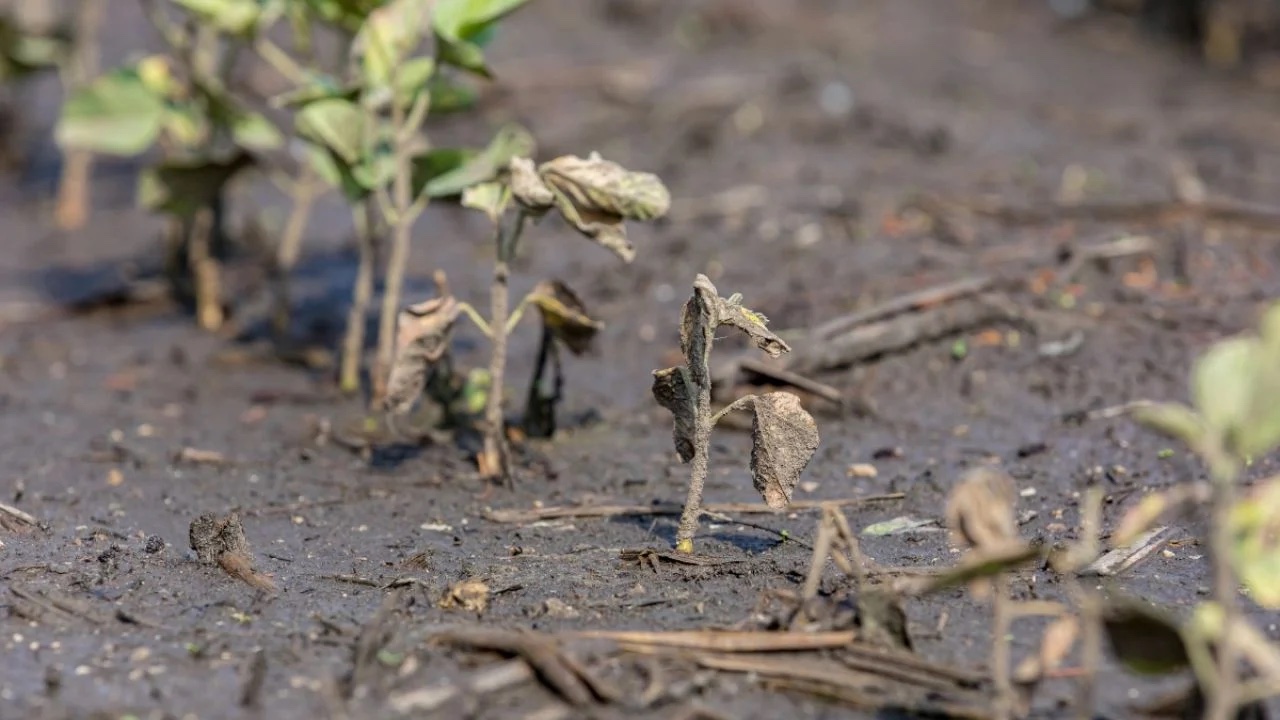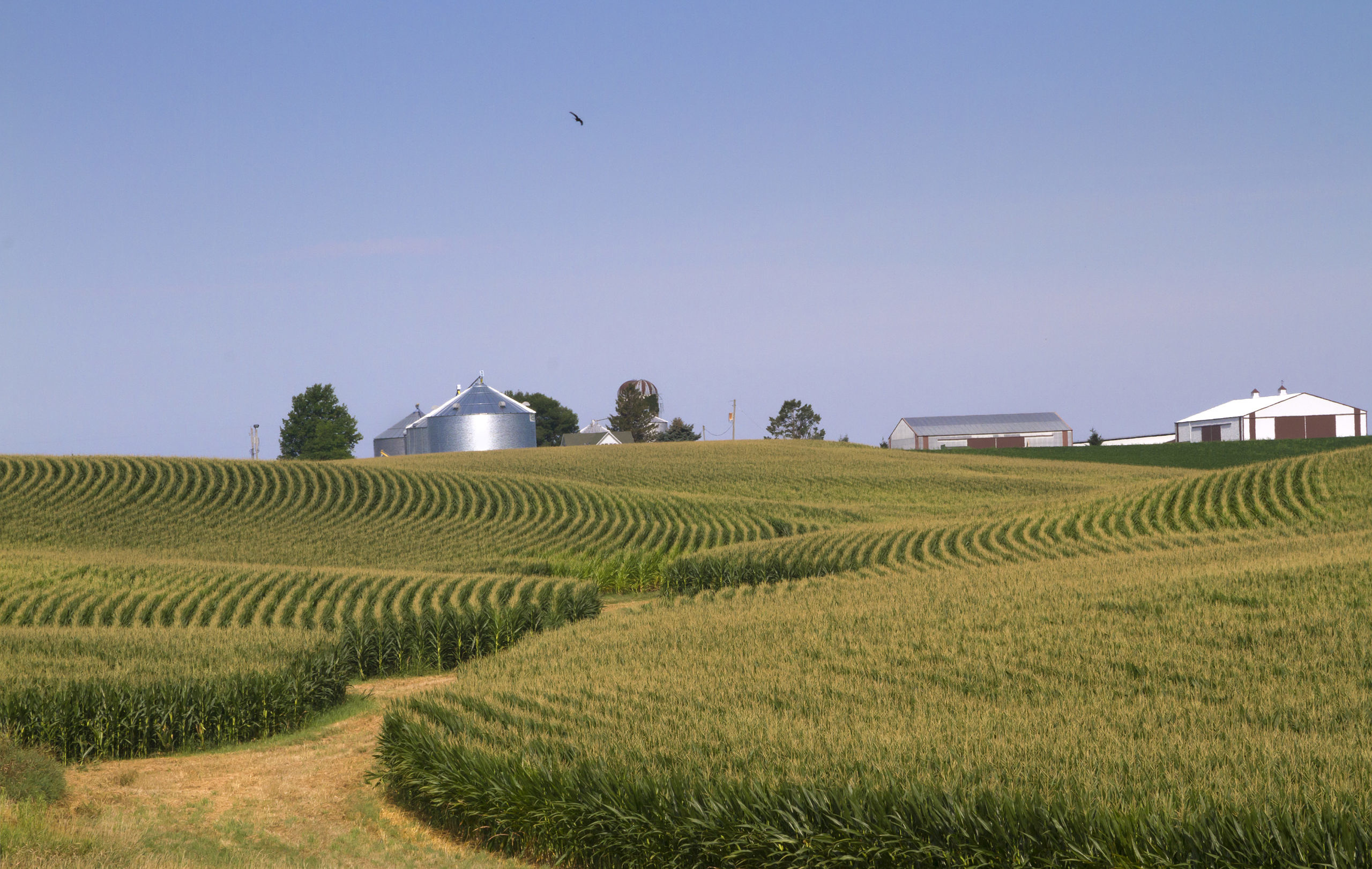Anne Schechinger is Senior Analyst of Economics for the Environmental Working Group. This report, which she co-authored with the EWG’s Senior Vice President for Government Affairs Scott Faber, first appeared on the EWG’s website.
The Environmental Working Group’s newly updated Farm Subsidy Database shows that federal farm subsidies between 1995 and 2021 totaled $478 billion. This huge amount of taxpayer money does almost nothing to help farmers reduce their greenhouse gas emissions or adapt to adverse weather conditions caused by the climate crisis.
Our database update also shows that farm subsidy funding still goes to the largest and wealthiest farms, which can weather the climate crisis best, and that payments are getting less transparent, obscuring who has received almost $3.1 billion in payments.
The Department of Agriculture’s subsidy funding could be used in much more useful ways that would help farmers in mitigating their emissions and becoming more resilient to hazardous weather conditions. Instead, it’s still a handout for rich landowners, city dwellers and family members of farmers. Even the USDA is benefiting, with one of its divisions receiving almost $350 million in payments.
Continue Reading...






